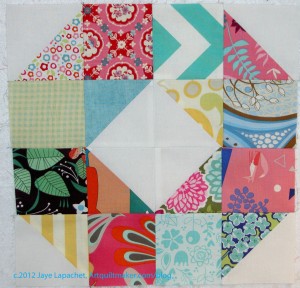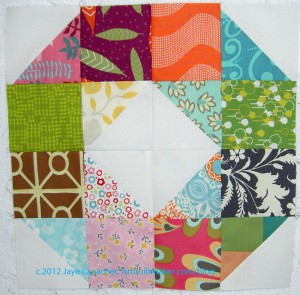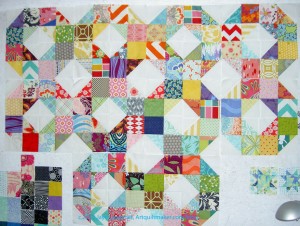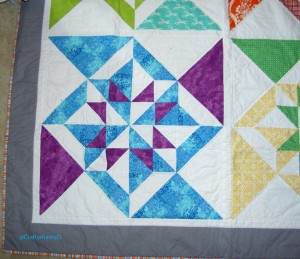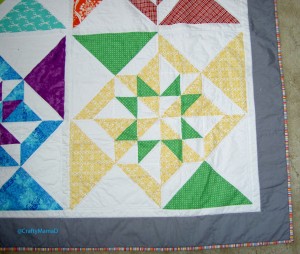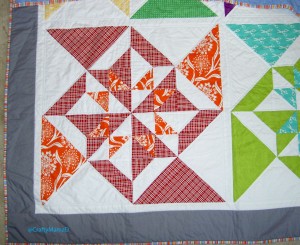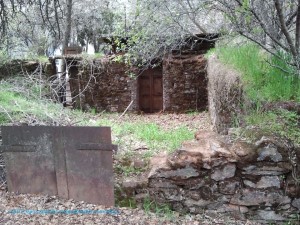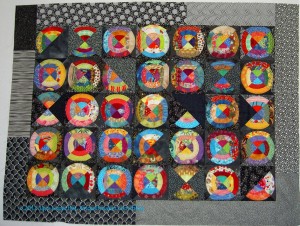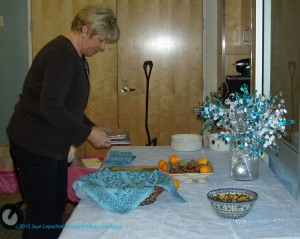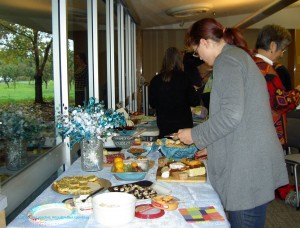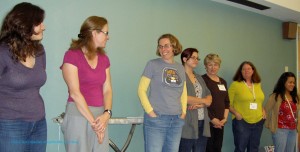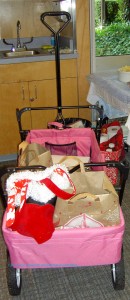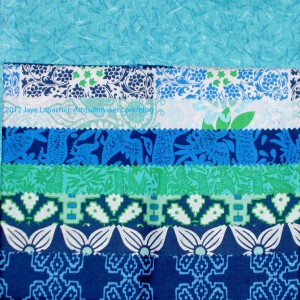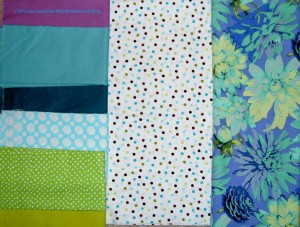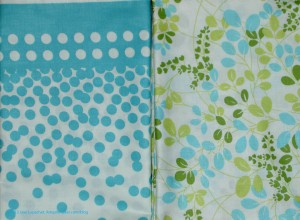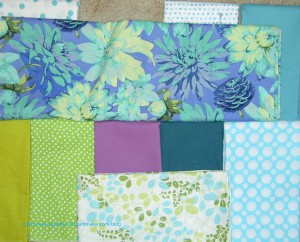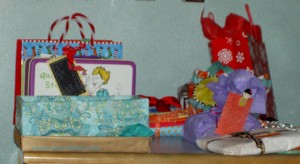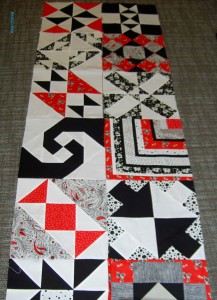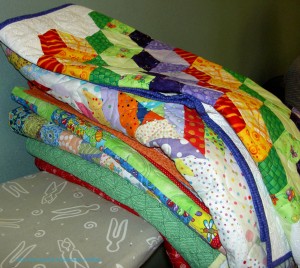Housekeeping
Sadly, someone has somehow hacked into the Google search results for my site. I am working on it, the webhost is working on it and Deirdre is working on it. It appears to be different from the regular Pharma{}Hack, which is causing diagnostic problems. Here is how you are affected:
- Live links are no longer allowed in comments. You can put the link in and it will be turned into text. Instead of clicking it and going to the site, you will need to cut and paste it into your browser.
- HTML is no longer allowed in comments. We have found embedded code (damn you, clever hackers!) in spam comments which we think may be one of the culprits.
- Spam is being deleted automatically. I booted Askismet off my site, because they wouldn’t do any of the above and have a new spam eradication service. If your comment looks like spam, it will be automatically deleted and I will never see it. If I don’t get back to you in comments or via email, your comment may have been marked as spam and deleted. You can reach me at jlapac {at} gmail {dot} com, if you want to contact me via email. I do prefer blog comments, though, so everyone can enjoy the conversation thread and your valuable comments.
- If you click on a link to my blog from Google results, it might look fishy, but will take you to a spam free post.
So sorry about this nonsense. I hope it will end soon.
Doing Good
A month has passed since Hurricane/SuperStorm Sandy hit the Northeast. It is so easy for us here in the West to just go on with our lives and forget what others are going through, because we were not affected. The Red Cross needs donations. Use an official site or envelope to donate; don’t give to random people who ask you for money. If you want to contribute to Hurricane Sandy quilt efforts, the Vesuvius Mama blog (the blocks I made have already arrived.) and eQuilter are both coordinating efforts for quilts for Hurricane Sandy victims. You can see some of Vesuvius Mama’s quilts on a later post. Other types of crafters need supplies, too. Thanks to Deirdre for the link to CERF + Exchange Artists Relief effort.
Victoria Findlay Wolfe has also started collecting quilts and store bought blankets for her neighborhood, Rockaway. You can read her blog post for details.
My local guilds are working on quilts, etc, too, so…
Go out and do some good!
Quilts Around the Web
The Blogger’s Quilt Festival has been a treasure trove of quilts. I have been particularly interested in the various Jelly Roll quilts or Jelly Roll looking quilts that I have seen. The Something for Nothing blog had a Jelly Roll quilt that is one of the most successful I have seen. I like the way she has added a solid Jelly Roll to the print Jelly Roll.
I like this Spiderweb as well. I like the way she used one print for each pointy piece.
If you are not reading the Sweet Dreams by Sarah blog, you should. She has a great voice. Not funny so much as it makes me smile.
Quilt World News
City Quilter in NYC was closed for several days due to Superstorm Sandy. They are back in business after their water and power was restored. No damage and their employees are all fine. Hooray!
Sad news that has nothing to do with Superstorm Sandy. Kindred Quilts in New Jersey is closing. Toby wants to spend time with her family, so the store will be closing before Christmas. They will be having a massive sale, so go visit, if you live in the area.
SherriD is writing letters. Did you see her post? Will you write letters, too? I have 4 letters, yes real letters with handwriting and stamps, that need responses. I spend too much time sewing!
GenQ magazine is doing a survey. It isn’t a terrible survey. I think they ask some good questions, but they don’t give opportunities for essays. I always like to give people my opinion. I just like to do it in my own words. When you create a survey, make sure they is space for essays and ideas.
I thought about putting this story about Idaho inmates making quilts into the Doing Good section, because they are doing good, but there is a different tone in that section today. I like the recycling and making do aspect of this project. I am also thrilled that the project is doing the inmates some good.
Amy Butler has launched Blossom, her “visual journal, which is all about loving your life and living it fully and authentically.” The first issue is free.
Patterns, Ideas and Inspiration
Here is a hand sewn hexagon sewing caddy/pincushion tutorial. Pam of Hip to be a Square podcast fame made one from the Sew Mama Sew line.
I found a great use for Pinterest: shared boards! TFQ and I are planning a project. I think we will each work on our own, but do the same pattern. We were emailing links and photos back and forth and I was creating a Notability notebook, but then I thought I would create a board on Pinterest when I started to bump up against my limited Notability skills. TFQ saw that I created a board and wondered if she could add to it as well. I checked around and found that we could both contribute! Now we are both adding ideas for quilts to the board. We are having so much fun PLANNING and talking. It is just what I was imagining when we started talking about it.
The project above started when I started hearing the podcasters, such as Pam, Sandy, Daisy, Nonni, and Katie, talk about Bonnie Hunter’s Easy Street Mystery quilt. They and a number of listeners are working along with Bonnie Hunter on this latest mystery quilt pattern. Apparently she does one every year. This one has been going on since 11/23. The podcasters started a Flickr group to show photos and encourage each other. Despite all this support, I am not much into mystery quilts, so I decided to download the patterns and see what I need to do before I commit. It isn’t like I have a shortage of projects to work on, you know. Have you seen the 26 Projects list? 😉 You can still get started and play along.
Along the Easy Street lines, Daisy of Lazy Daisy Quilts has a Flying Geese tutorial for the second part of Easy Street. This is similar to Deb Tucker’s Wing clipper method, but you don’t need the ruler. The method works with a regular ruler as well.
Pat Sloan has a machine binding tutorial. I haven’t had a chance to review it, but I want to after my attempt at binding a quilt by machine.
A week or so ago, I posted about a pattern I called Stars & Stripes. I couldn’t find it in EQ7, but I also didn’t look very hard. One of my fabulous readers, Mrs. K wanted the pattern and I got some others who were interested as well. I drew it out quickly and am posting the Stars & Stripes Foundation Pattern and a rendition of the Stars & Stripes Foundation Sample Quilt for your sewing pleasure. Note that you need 4 of the foundation patterns to make one entire star.
Pat Bravo has her own blog now. I would have thought she had one for a long time, but I guess not. Her first post is filled with luscious inspiration from her trip to Paris. I want to go and buy some of those cups.
Do you EQ? Here is a blog post that gives some tips and trips about importing doodles. You know you want to machine applique‘.
In the same area, there is also a BlockBase sew-along, which gets you sewing and gives lessons on using BlockBase (and by association, EQ). If you want to stretch, this is your project!
If you haven’t been following Sandy’s Total Color Tuesday posts, she just posted a new and fun one this week. These are a good group of posts to read in order to learn about color.
